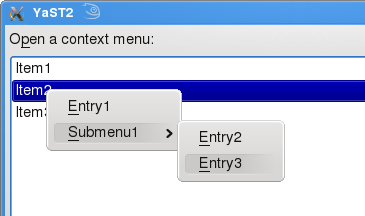
Screenshot of TurboGears 2
It’s been quite a while since I last posted an update on the state of python-turbogears in the openSUSE build service. The TurboGears project currently has three branches open (which seems to cause more confusion that actually help people) – the 1.0 branch, the 1.1 branch and the 2.0 branch. Whereas newcomers are advised to install from the 1.0 branch and to develop web applications based on that branch, the truth is that most of the active development goes on in the 2.0 branch. TurboGears 2.0 is at beta7 stage right now – features are frozen and a release data is in sight for the big 2.0.
Without getting into the major differences between 1.0 and 2.0, many people on the TurboGears Google Group have expressed the opinion that the 2.0 branch, despite its beta suffix, is exceptionally stable and well suited to production deployment. One of the major obstacles facing people was how to actually install it. Because it requires some cutting edge packages which might not be standard fare for many distributions, it is recommended to install TurboGears2 (beta) in a virtual python environment using the virtualenv package. Once the new virtual environment is ready and activated, a simple easy_install will automatically install the TurboGears2 package and its requirements. This is well documented.
I got a bit fed up with the virtual environment setup – it worked fairly well, but I was constantly having to set up completely new virtual environments just to install another TurboGears web application. There is an option when using virtualenv, to make the entire virtual environment “mobile” (meaning that you can pack virtual environment plus web app off to another computer easily), but it wasn’t working for me.
Enter python-TurboGears2 on the openSUSE build service. It took me a couple of days to get all the dependencies in the correct versions and installing properly, but it looks as if it works now. As TurboGears2 will be in a more or less constant state of flux until the final 2.0 release, there will probably be quite a lot of work to do to keep the packages up to date, but it’s worth it for the simple zypper in python-TurboGears2 🙂 What I want to do now is to try creating a SUSE Studio based virtual appliance – that way practically any web app could be created and setup easily – and with a bit of elbow grease you could probably use apparmor etc to make it rock solid.
PS: it would be well cool if people would test the package


